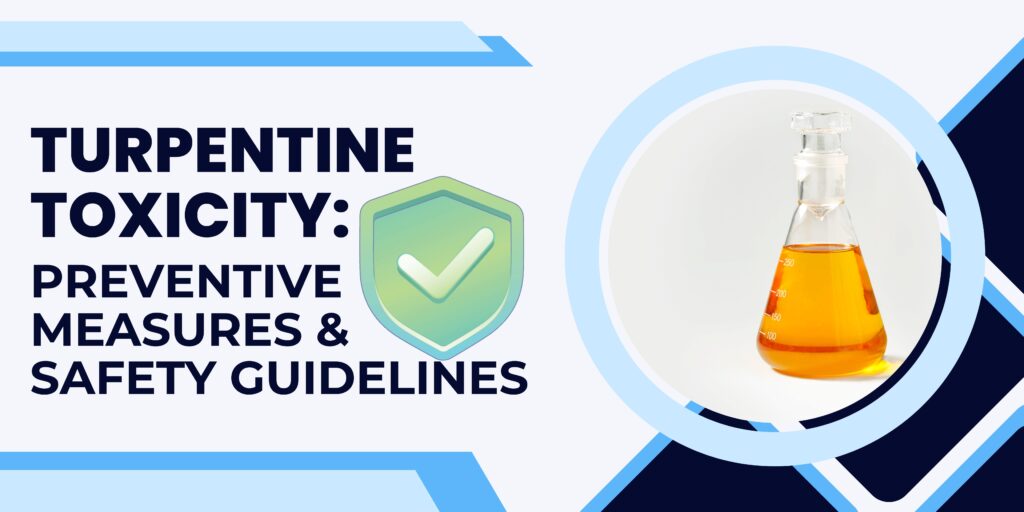
Gum turpentine, a resin derived from pine trees, has transcended its historical applications in art and cleaning to emerge as a subject of interest in the pharmaceutical industry. This article delves into the multifaceted potential of gum turpentine, exploring its chemical composition, therapeutic properties, and the expanding horizons of research in pharmaceutical applications.
Chemical Composition and Properties
At the heart of gum turpentine are compounds such as alpha-pinene and beta-pinene, each contributing to its aromatic character and medicinal promise. Research is underway to unravel the pharmacological potential of these components, positioning gum turpentine as a reservoir of bioactive substances for pharmaceutical innovation.
Anti-Inflammatory Marvel
The anti-inflammatory properties of gum turpentine are drawing attention from researchers seeking novel approaches to inflammatory conditions. Preliminary studies suggest that gum turpentine may modulate inflammatory responses, offering a natural alternative in the development of anti-inflammatory medications.Antimicrobial Explorations
Historically recognized for its antimicrobial attributes, gum turpentine is now under scrutiny for its efficacy against a spectrum of pathogens. Pharmaceutical researchers are investigating its potential as an antimicrobial agent, holding promise for the development of drugs targeting bacterial and fungal infections.Respiratory Respite
Traditional uses of gum turpentine in inhalation therapies have hinted at respiratory benefits. Current research focuses on understanding its expectorant properties, exploring the potential to formulate respiratory medications that alleviate symptoms associated with bronchial conditions and congestion.Pain Management Potential
Beyond its aromatic allure, certain components within gum turpentine exhibit analgesic properties. Ongoing studies aim to unlock the pain-relieving potential of gum turpentine, potentially leading to the development of new analgesic formulations or complementary therapies for pain management.Wound Healing Wonder
The antiseptic nature of gum turpentine positions it as a compelling candidate in wound care. Research is delving into its ability to prevent infections and promote efficient wound healing, raising the prospect of incorporating gum turpentine into formulations designed to enhance tissue repair.Formulation Challenges and Innovative Solutions
While the pharmaceutical potential of gum turpentine is promising, formulation challenges must be addressed. Researchers are actively exploring innovative delivery methods, encapsulation technologies, and dosage forms to optimize therapeutic benefits, ensuring a delicate balance between efficacy and safety.Navigating Regulatory Landscapes
The integration of natural products like gum turpentine into pharmaceuticals necessitates a nuanced understanding of regulatory landscapes. Adherence to stringent standards ensures the safe and effective incorporation of gum turpentine into pharmaceutical applications, guiding researchers through the complex journey of drug development.Sustainability and Ethical Sourcing
As the interest in natural remedies grows, the sustainability and ethical sourcing of gum turpentine become critical considerations. Exploring eco-friendly practices in harvesting and processing ensures the long-term availability of this valuable resource without compromising environmental integrity.Conclusion
As gum turpentine transforms from a traditional solvent into a potential pharmaceutical powerhouse, its journey epitomizes the exploration of nature’s medicinal treasures. The ongoing research into the unique properties of gum turpentine holds promise for its integration into pharmaceutical applications, offering novel avenues for therapeutic innovation and improved patient outcomes. With sustained scientific inquiry and a commitment to sustainable practices, gum turpentine may well emerge as a cornerstone in the ever-evolving landscape of modern medicine.




